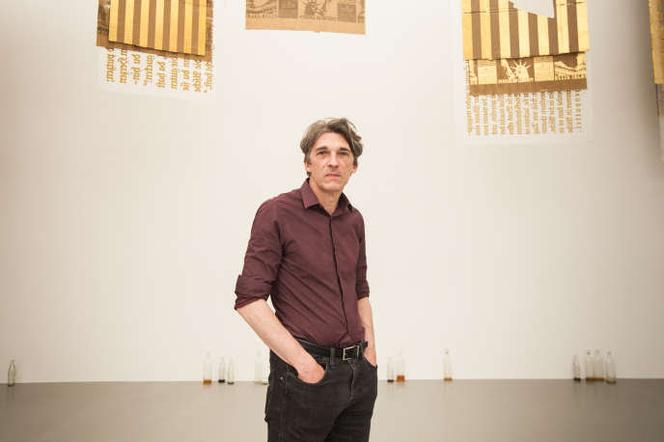

In "Antagonism and Relational Aesthetics", published in 2004 in October, Claire Bishop describes the aesthetic of Palais de Tokyo as a "laboratory", the "curatorial modus operandi" of art produced in the 1990s. Writer and director Ben Lewis has suggested that relational art is the new "ism", in analogue with "ism"s of earlier periods such as impressionism, expressionism and cubism. Through these encounters, meaning is elaborated collectively, rather than in the space of individual consumption. Rather than the artwork being an encounter between a viewer and an object, relational art produces encounters between people. In relational art, the audience is envisaged as a community. Witnessing publics are "that loose collection of individuals, constituted by and through the media, acting as observers of injustices that might otherwise go unreported or unanswered." The meaning of relational art is created when arts perception is altered while leaving the original artifact intact. Robert Stam, the head of new media and film studies at New York University, coined a term for the shared activity group: witnessing publics. Bourriaud claims "the role of artworks is no longer to form imaginary and utopian realities, but to actually be ways of living and models of action within the existing real, whatever scale chosen by the artist." According to Bourriaud, relational art encompasses "a set of artistic practices which take as their theoretical and practical point of departure the whole of human relations and their social context, rather than an independent and private space." The artwork creates a social environment in which people come together to participate in a shared activity.

Relational art īourriaud explores the notion of relational aesthetics through examples of what he calls relational art. In his 2002 book Postproduction: Culture as Screenplay: How Art Reprograms the World, Bourriaud describes "relational aesthetics" as works that take as their point of departure the changing mental space opened by the internet. To achieve this, Bourriaud imports the language of the 1990s internet boom, using terminology such as user-friendliness, interactivity and DIY (do-it-yourself). Relational aesthetics īourriaud wishes to approach art in a way that ceases "to take shelter behind Sixties art history", and instead seeks to offer different criteria by which to analyse the often opaque and open-ended works of art of the 1990s. In a denoument that became a fundamental relational aesthetics strategy, particularly for Tiravanija, Tati's entire film is about the designer's journey to the auto show at which he arrives just in time for the show to close. The exhibition took its title and inspiration from Jacques Tati's film Trafic (1971), in which Tati's protagonist is a Parisian automobile designer preparing a new model for an international auto show. Traffic included the artists that Bourriaud would continue to refer to throughout the 1990s, such as Henry Bond, Vanessa Beecroft, Maurizio Cattelan, Dominique Gonzalez-Foerster, Liam Gillick, Christine Hill, Carsten Höller, Pierre Huyghe, Miltos Manetas, Jorge Pardo, Philippe Parreno, Gabriel Orozco, Jason Rhoades, Douglas Gordon and Rirkrit Tiravanija. The term was first used in 1996, in the catalogue for the exhibition Traffic curated by Bourriaud at CAPC musée d'art contemporain de Bordeaux. One of the first attempts to analyze and categorize art from the 1990s, the idea of relational art was developed by Nicolas Bourriaud in 1998 in his book Esthétique relationnelle ( Relational Aesthetics).


 0 kommentar(er)
0 kommentar(er)
